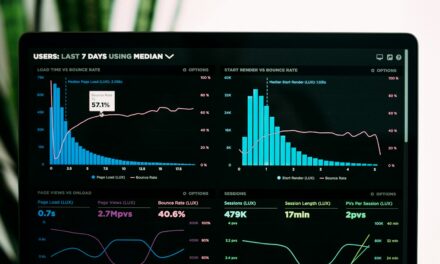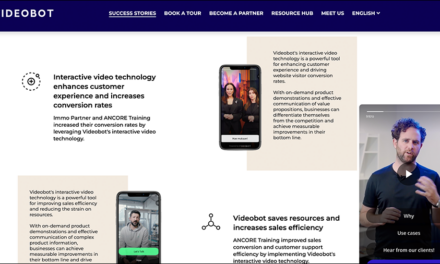In today’s fast-paced business landscape, staying ahead is paramount – and this means predicting future trends. According to McKinsey & Company, data-savvy companies will lead decision-making and task automation by 2025.
But how can businesses leverage data to predict upcoming trends? Vernon Southward, CEO of Kosmos, underscores the importance of utilising data intelligently, combining analysis with foresight.
1. Analyse Search Engine Trends
Search engines like Google provide invaluable insights into public interests. Tools such as Google Trends enable tracking of keyword search volumes over time. Analysing these trends unveils keywords experiencing sudden popularity spikes, potentially indicating emerging trends. For instance, the surge in searches for “plant-based diets” in 2017 foreshadowed the rising interest in vegan lifestyles, validated by projections of the global plant-based food market reaching $77.8 billion by 2025.
2. Monitor Social Media Conversations
Social media platforms serve as real-time indicators of public discourse. Tools like Brand24 and Sprout Social facilitate tracking mentions of keywords and hashtags across platforms. Analysing volume, sentiment, and location of mentions unveils emerging topics and public perception. For instance, monitoring discussions on “electric vehicles” reveals insights into brand preferences, infrastructure concerns, and government incentives, aiding businesses in preparing for the growing demand in this sector.
3. Leverage Consumer Sentiment Analysis
Consumer sentiment analysis involves analysing feedback and reviews to gauge opinions, preferences, and frustrations. Tools like Lexalytics Semantria and Rosetta Stone’s Text Analytics for Business automate this process. For example, analysing sentiment towards “subscription-based beauty boxes” may uncover dissatisfaction with product choices or customization options. Businesses can utilise this data to refine subscription models and cater to specific customer preferences.
Combining these data-driven strategies with critical thinking empowers businesses to anticipate trends. As Vernon Southward highlights, data empowers informed decision-making rather than reactive responses. By interpreting data, identifying patterns, and making strategic decisions, businesses can stay ahead of the curve and capitalise on emerging trends. Remember, it’s not just about data; it’s about interpreting it effectively to drive success in B2B marketing.
The B2B Marketer, the online destination for B2B marketing professionals seeking valuable insights, trends, and resources to drive their marketing strategies and achieve business success.
-
The Editorhttps://theb2bmarketer.pro/author/editortheb2bmarketer-pro/
-
The Editorhttps://theb2bmarketer.pro/author/editortheb2bmarketer-pro/
-
The Editorhttps://theb2bmarketer.pro/author/editortheb2bmarketer-pro/
-
The Editorhttps://theb2bmarketer.pro/author/editortheb2bmarketer-pro/





